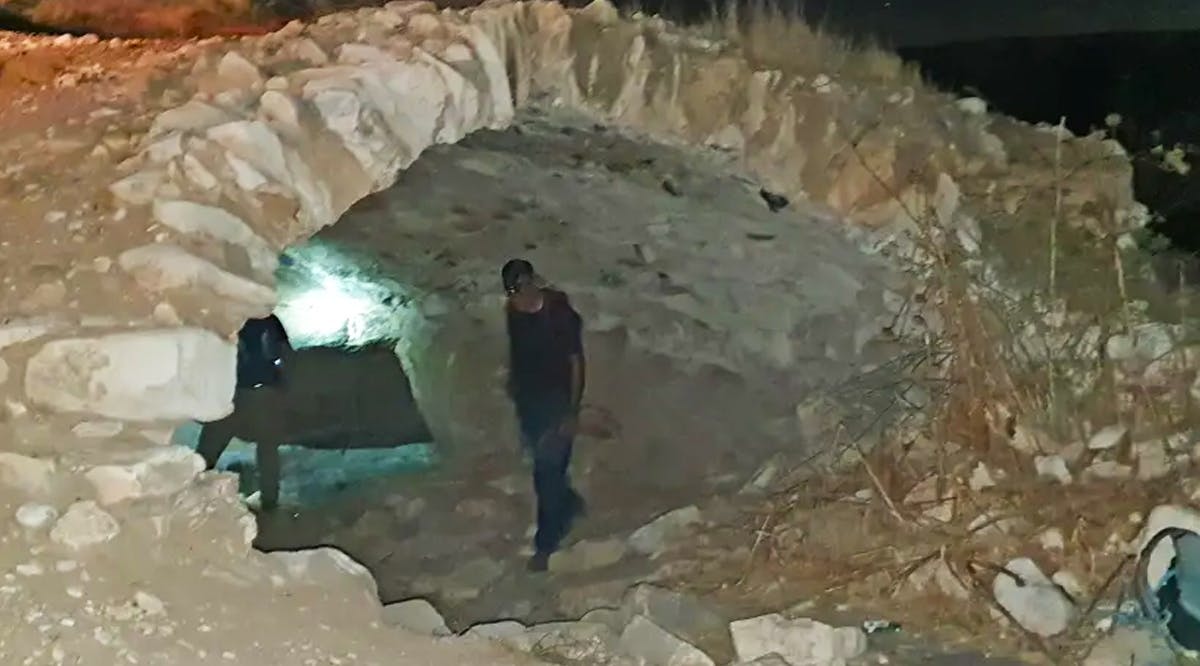
Eight Antiquity Robbers in Israel Search for Gold, Get Caught in Pit
Archaeological evidence suggests that the site of Be’er Kalech in southern Israel was in use for millennia, from the Bronze Age (3300-1200 BCE) to the Ottoman domination, which ended just a century ago. Among others, Be’er Kalech features ancient cisterns, tombs and quarried caves used for raising doves and pigeons, which provided both food and fertilizer to the population.
During the weekend, a group of eight robbers was caught by IAA inspectors as they were digging in an ancient well at the site. Six of them were actively excavating and another two were observing the work.
The suspects, who were transferred to a police station for interrogation and indictment, are residents of the Bedouin city of Tel Sheva. Robbing or damaging antiquities in Israel is a criminal offense that carries a sentence of up to five years in prison.
“Unfortunately, some residents of the South tend to believe in ‘legends’ about Ottoman-era gold caches that exist in the southern region,” said Amir Ganor, director of the IAA Robbery Prevention Unit. “We at the IAA have identified a growing trend in which squads of antiquities robbers go to archaeological sites equipped with excavation tools, look for hidden signs in the area, and dig deep pits while harming the heritage of all of us.”
According to Ganor, sometimes well-known sheiks in the Bedouin sector encourage the activity.
“The sheikh is supposed to help locate the gold and fight the ‘demon’ that guards the treasure in the depths of the earth,” he said. “Just last month, a famous sheikh was caught in a moat in Nahal Hagav with other suspects. (JPost / VFI News)
Let the thief no longer steal, but rather let him labor, doing honest work with his own hands, so that he may have something to share with anyone in need. - Ephesians 4:28